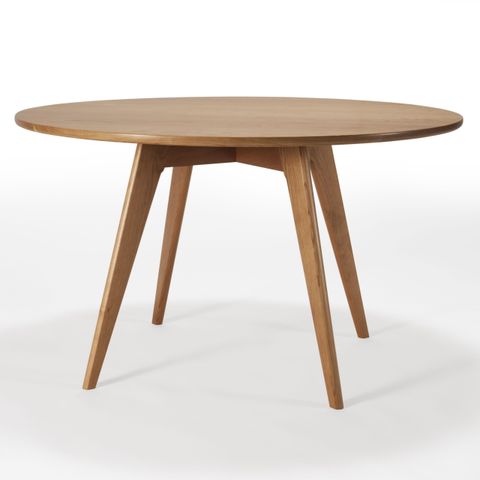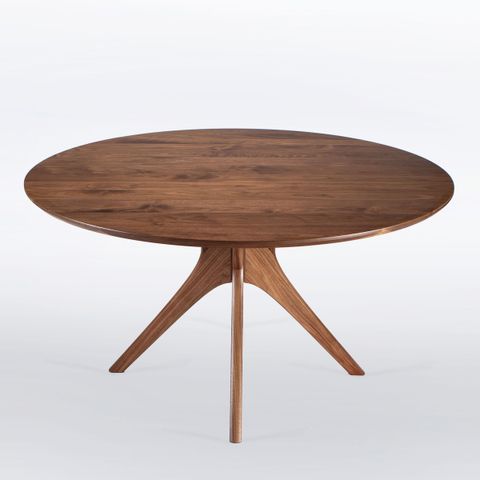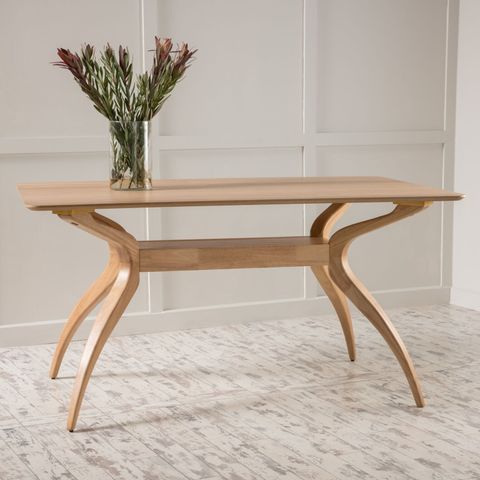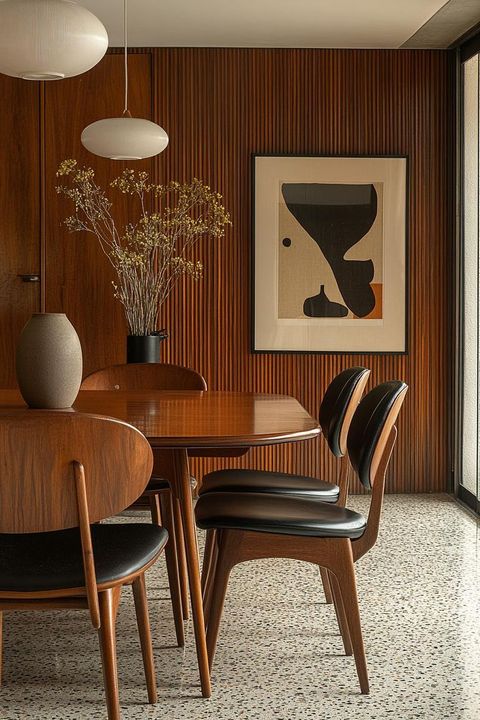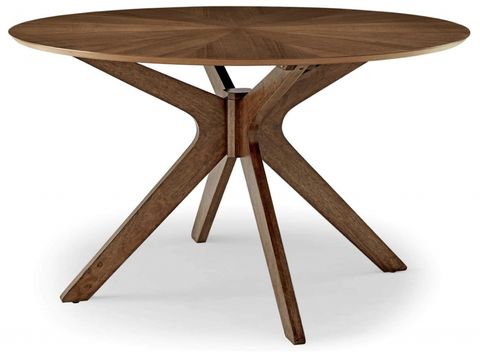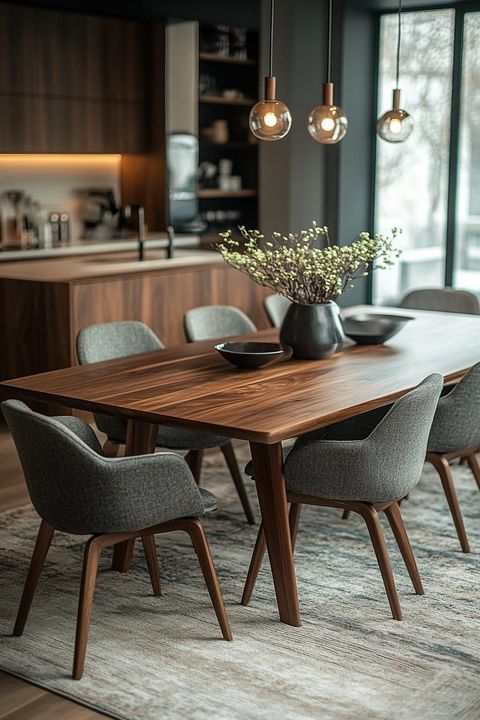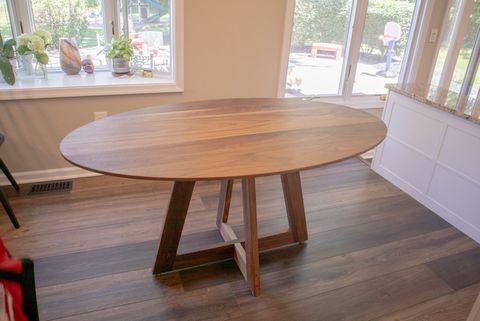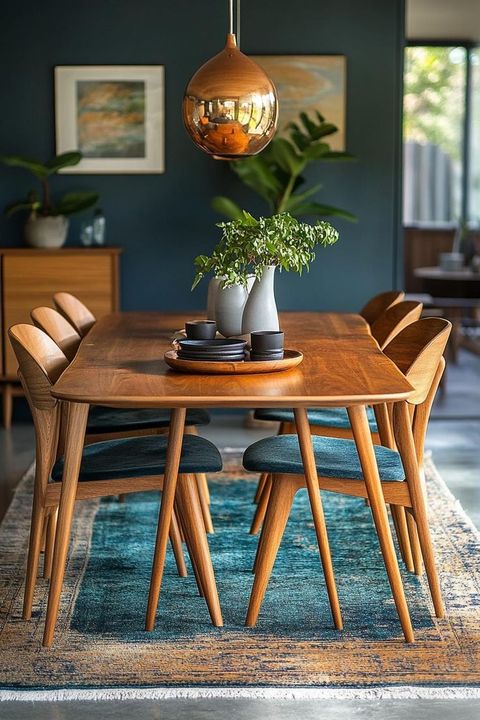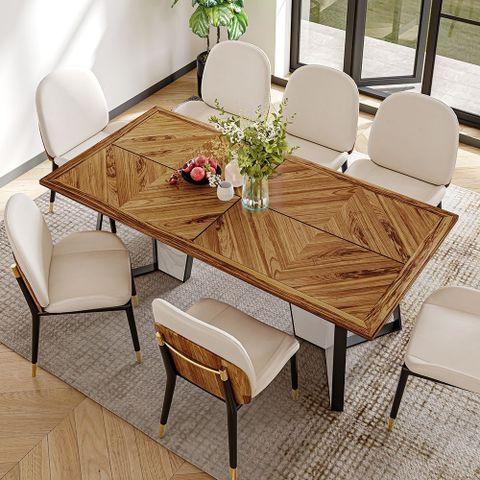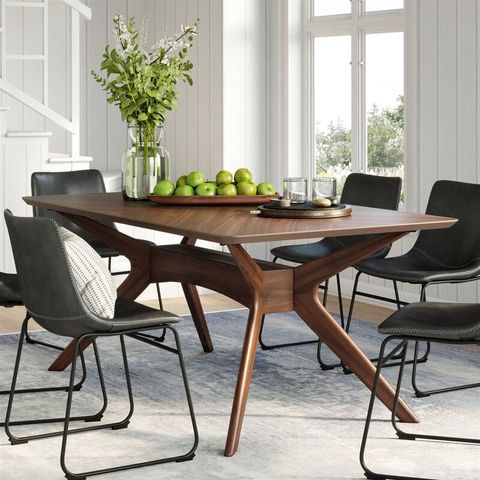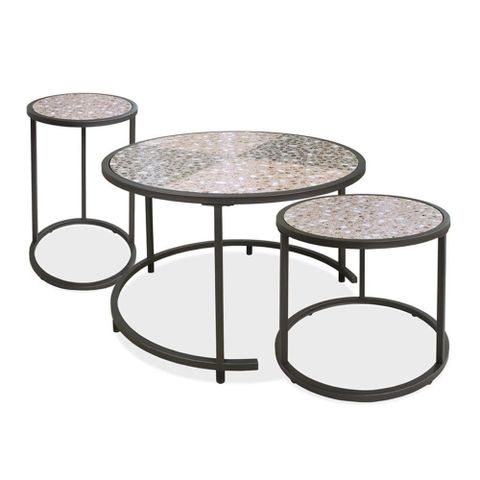Mid century modern dining tables aren’t just furniture—they’re statements of taste, craftsmanship, and timeless design. But what makes the right wood choice so crucial? It’s not just about aesthetics, though that matters enormously. The wood you choose becomes the foundation of your table’s character, its longevity, and how it will age gracefully over decades.
When you think of mid century modern dining tables, what comes to mind? Clean lines, organic forms, and that distinctive blend of functionality and beauty that defined a generation. But beneath that elegant surface lies a fascinating world of wood selection that can make or break your investment. The right wood doesn’t just look good—it feels good, ages well, and stands the test of time. This isn’t just about matching your kitchen decor. It’s about understanding how wood behaves, how it interacts with light and environment, and how different species carry their own personalities. Whether you’re buying a new table or restoring an old one, the wood choice shapes everything from daily use to future generations.
Understanding Mid Century Modern Design Philosophy
Before diving into wood types, it helps to grasp why mid century modern design resonates so deeply. This style emerged in the 1950s and 60s, celebrating honest materials and functional beauty. Designers like Charles Eames and George Nelson championed the idea that furniture should feel alive, not static. They believed wood should show its natural grain, texture, and character rather than being masked by heavy finishes. This philosophy means that the wood itself becomes part of the aesthetic statement. The wood’s natural beauty, including knots, color variations, and grain patterns, should enhance rather than detract from the overall design. When selecting wood for a mid century table, you’re essentially choosing whether to embrace or hide the material’s inherent qualities. The best choices often complement the era’s emphasis on natural materials and uncluttered design principles.
Key Wood Species for Mid Century Tables
Not all woods are created equal when it comes to mid century modern dining tables. Some species simply work better with the style’s clean lines and organic shapes. Here are the most popular choices:
• Walnut – This is often considered the gold standard. Its rich chocolate-brown color and beautiful grain patterns create stunning visual depth. Walnut has excellent strength and stability, making it ideal for large dining surfaces.
• Oak – A classic choice that offers durability and a robust presence. Red oak provides warm reddish tones, while white oak tends toward lighter, more neutral hues. Both work well with the mid century aesthetic.
• Ash – Known for its straight, even grain and light color, ash brings a fresh, airy feel. It’s less common but highly prized for its clean look.
• Cherry – While more traditional, cherry develops a lovely patina over time. It’s softer than walnut but still durable enough for regular use.
• Maple – Often used in modern designs, maple provides a clean, uniform appearance that works well with minimalist approaches. However, it can be harder to find in traditional mid century styles.
Grain Patterns and Their Impact on Design
The way wood grain flows across a table surface creates more than just visual interest—it influences how the piece feels and functions. Look for wood with consistent grain patterns that follow the table’s curves naturally. Wavy grain, for instance, adds movement and character that complements the flowing lines of mid century design. On the other hand, straight grain creates a sense of order and stability. Some wood species show more dramatic grain variation than others. Quarter-sawn oak, for example, displays distinctive medullary rays that create a starburst pattern. These characteristics can either enhance or compete with the table’s design elements. Consider how the grain will interact with lighting in your space. Grain patterns catch and reflect light differently, affecting the overall ambiance of your dining room. A table with subtle grain might look elegant in soft lighting, while bold patterns can add drama in brighter spaces.
Durability and Practical Considerations
A beautiful table is only as good as its ability to withstand daily use. Durability shouldn’t compromise aesthetics, but it often does. Hardwoods generally offer better longevity than softwoods. Here’s what to consider:
• Hardness – Measures how resistant the wood is to denting and scratching. Walnut ranks high on the Janka hardness scale, making it excellent for high-traffic areas.
• Stability – How well the wood resists warping and shrinking due to humidity changes. Woods like oak and walnut have excellent stability properties.
• Maintenance requirements – Some woods require regular oiling or conditioning, while others need minimal upkeep. Consider your lifestyle and how much maintenance you’re willing to perform.
• Cost factor – Premium woods like walnut and teak command higher prices, but they often provide better long-term value. Budget considerations are valid, but remember that quality wood pays dividends in longevity and resale value.
Color Considerations and Environmental Factors
The wood’s natural color plays a significant role in how it integrates with your space. Light woods like ash and maple brighten small rooms, while darker woods such as walnut and cherry create warmth and sophistication. But color alone isn’t enough—the wood should also complement existing elements in your dining area. Consider:
• Natural light conditions – South-facing rooms benefit from darker woods that won’t appear washed out, while north-facing spaces may need lighter tones to avoid feeling too dark.
• Existing furniture – Think about how the table’s wood color will coordinate with chairs, sideboards, or other pieces.
• Seasonal changes – Wood can subtly shift color over time due to exposure to sunlight. This is part of its charm, but plan accordingly.
• Age and patina – Many mid century enthusiasts appreciate wood that shows signs of wear and aging. The natural evolution of wood color and texture adds character over time.
How to Evaluate Wood Quality and Authenticity
Purchasing a genuine mid century modern table requires careful attention to wood quality. Here’s what to look for:
• Sustainable sourcing – Check if the wood was harvested responsibly. Many modern manufacturers now emphasize eco-friendly practices.
• Joinery quality – The wood’s connection points matter as much as the wood itself. Look for tight joints and proper construction techniques.
• Finish integrity – Original finishes often have a particular sheen and texture that’s hard to replicate. Be wary of overly glossy or artificial-looking coatings.
• Wood defects – Natural features like knots and mineral streaks are usually desirable, but excessive checking or splits indicate poor quality.
• Manufacturer reputation – Research brands known for producing authentic mid century pieces. Ask about wood species, processing methods, and quality control measures.
• Certification marks – Look for FSC (Forest Stewardship Council) certification or similar standards that ensure responsible wood harvesting.
Choosing wood for a mid century modern dining table is both an art and a science. It combines aesthetic appreciation with practical knowledge about how materials behave over time. The right wood choice transforms a simple dining surface into a lasting centerpiece that reflects your personal style and values. Whether you’re drawn to the rich warmth of walnut or the clean simplicity of ash, remember that the best wood for your table is the one that aligns with your lifestyle, space, and long-term vision. Take time to evaluate not just the immediate appearance, but also how the wood will evolve with your family and home. After all, a truly great mid century table should feel like it was made for your story, not just your space.

